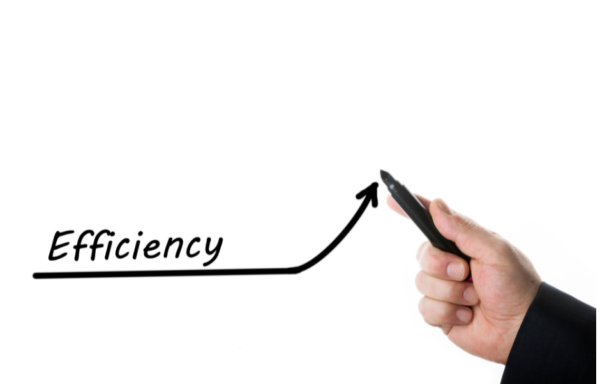Last week we started with the foundation of creating efficiencies in small business.
We started with identifying the actual processes you need to work on and any inefficiencies. Then we looked at ways to streamline processes to help you save time, money and improve your overall productivity.
Then we asked you to document what you are doing now so you can begin to look for ways to improve each task.
Now that you have laid the foundation of your operations, it is time to identify where you need to improve and create a process to make that happen.
Step #1 to Create Small Business Efficiency
Identify where you need to improve.
Sometimes it is difficult to see this right away. Many times, we keep doing what we’ve always been doing without really thinking about how efficient it really is. Sometimes we are just buried with a million other tasks, so it is easier to just ignore what’s right in front of us.
Now, it is time to get off the hamster wheel and begin to assess what we are doing and how to improve it.
Use these prompts to get you started:
-
Identify any problems that currently exist because of the process or because of the lack of a process being put in place.
Sometimes the process is the problem, and sometimes it is the lack of a process that is the problem.
-
Assess each task and ask yourself: can this be deleted? Automated? Delegated? Consolidated?
This is where some of the magic begins. You look at each task and decide what to do moving forward?
Is it even a task that is necessary? Maybe it once was, but is it still?
Is there an opportunity to automate this task, removing a large part of human interaction that uses valuable time and energy.
Maybe this should no longer be on your plate but should be delegated to someone else.
Finally, perhaps it could be consolidated with some other task or action for better efficiency.
-
Estimate how long it took you to do the task before changing the process. This will give you a benchmark to assess future effectiveness.
-
What is the limiting factor in making the needed improvements? Is it a person or a situation that’s stopping you?
-
Are there weak revenue streams that need to be cut? Weak revenue streams can drain you of time, money and efficiency.
Step #2 to Create Small Business Efficiency
Create New Processes and Document Them
Once you have identified what parts of the process stay and what needs to either be changed or eliminated, create a new, updated sheet for the process following the procedure in Step 2 from last week’s post.
Your next step will be to test it. We’ll discuss that next week.
Get ready to take your business efficiency to the next level in Module 3! We’ll equip you with the tools and knowledge you need to streamline your operations and achieve greater success. Come back next week!
In case you missed it:
Checklist Identifying Inefficiencies
Checklist Documenting Current Processes


